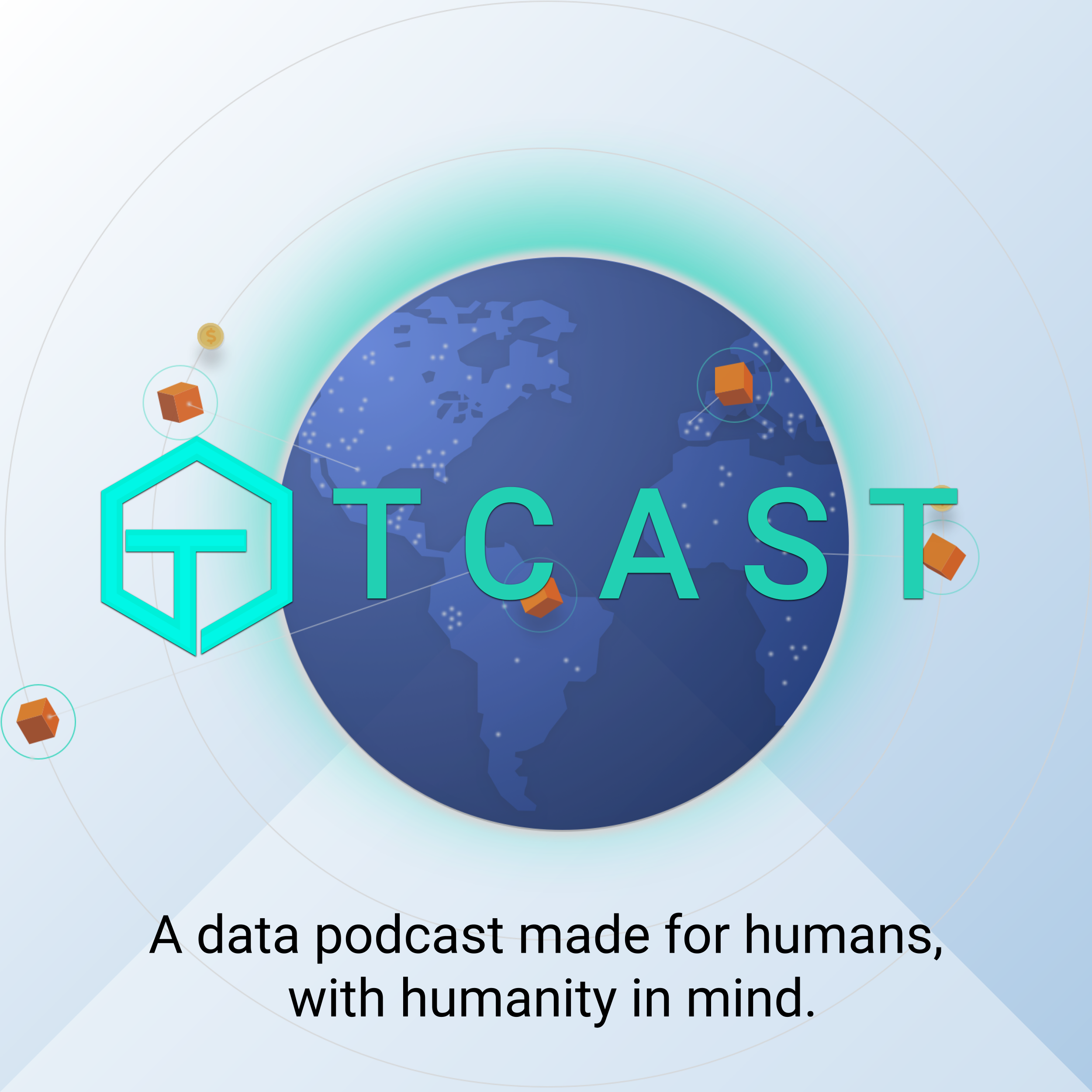- Technology
- SEE MORE
- classical
- general
- talk
- News
- Family
- Bürgerfunk
- pop
- Islam
- soul
- jazz
- Comedy
- humor
- wissenschaft
- opera
- baroque
- gesellschaft
- theater
- Local
- alternative
- electro
- rock
- rap
- lifestyle
- Music
- como
- RNE
- ballads
- greek
- Buddhism
- deportes
- christian
- piano
- djs
- Dance
- dutch
- flamenco
- social
- hope
- christian rock
- academia
- afrique
- Business
- musique
- ελληνική-μουσική
- religion
- World radio
- Zarzuela
- travel
- World
- NFL
- media
- Art
- public
- Sports
- Gospel
- st.
- baptist
- Leisure
- Kids & Family
- musical
- club
- Culture
- Health & Fitness
- True Crime
- Fiction
- children
- Society & Culture
- TV & Film
- gold
- kunst
- música
- gay
- Natural
- a
- francais
- bach
- economics
- kultur
- evangelical
- tech
- Opinion
- Government
- gaming
- College
- technik
- History
- Jesus
- Health
- movies
- radio
- services
- Church
- podcast
- Education
- international
- Transportation
- Other
- kids
- podcasts
- philadelphia
- Noticias
- love
- sport
- Salud
- film
- and
- 4chan
- Disco
- Stories
- fashion
- Arts
- interviews
- hardstyle
- entertainment
- humour
- medieval
- literature
- alma
- Cultura
- video
- TV
- Science
- en
Marine Algae Is the New Biofuel - Sea Kelp Ladder Data

Guess what, the Earth is only so big. Yes, it is big but it still has a finite size. That means there is only so much room for people and the resources necessary to support them. How much? There is a lot of disagreement on that but in principle, there is only so much space so there is definitely a limit. Which means it makes sense to spend time thinking about how we can make the best use of the resources we have until someone figures out how to efficiently terraform Mars.
One of the many resources we have that does have limited space is farmland. We\u2019ve frankly done a great job in the last hundred years of figuring out how to get more and more out of less. Unfortunately, that has in part been through the use of growth hormones, fertilizers, and pesticides. While that has allowed us to get more food out of less land it has also had downstream effects on the environment that have been less than desirable. Yet, we don\u2019t want people to starve. So, what do we do?
One of the biggest consumers of farmland isn\u2019t actually people but cattle. There is a ton of farmland used to grow food for cattle. Combine that with what we use for people and then factor in the fact there is only so much fertile land to be used and it doesn\u2019t take a genius to see that eventually, we will run out. For one, there is the fact that there are only so many nutrients in the soil and if we don\u2019t give farmland a break, it will eventually run out of them. That\u2019s part of how the USA rose in power so quickly, it had farmland that was virtually untapped, allowing people there to grow more crops that were larger and more nutrient-dense than what was possible in Europe where people had already been farming for centuries. Many cultures have understood this, which is why they developed the concept of crop rotation. Different crops use different nutrients so switching crops lets the soil build up the ones not currently being used. It\u2019s also why the Mosaic Law directed the ancient Hebrews to periodically allow their fields to lie fallow. It gave time for plants and bugs to decay, animals to poop, and bugs to till the soil and rejuvenate it.\xa0
Now though, it is very hard to turn back to that system of farming, maybe impossible. Again, what do we do? One possible solution lies in another problem that we\u2019ve created. Ironically, one that has been exacerbated by industrial farming \u2013 algae.\xa0
While fertilizers have contributed to algae blooms in the coastal areas of our oceans which have in turn darkened those oceans and could lead to disruptions of our ecosystems on that end (a subject we\u2019ve gone more in depth on elsewhere), that very algae has a lot of nutrients. Nutrients that could be of use if we harvested more of them and used them to feed both people and cattle. Why not just people? Let\u2019s be honest, Travolta was right in Pulp Fiction, \u201cbacon is good\u201d. And where would Sammy J be without his royale with cheese? People aren\u2019t going to stop eating meat en masse no matter how much some might want that to happen. So it makes sense to find a more sustainable and environmentally friendly way to feed the cattle and so feed the people. Why not make use of this abundant resource and in so doing help solve another problem that we\u2019ve inadvertently created?\xa0
For the record, this doesn\u2019t mean we shouldn\u2019t continue to pursue reforms to industrial farming. Those are sorely needed. Yet, it is this kind of outside-the-box thinking that will allow people to live in a way that is both sustainable and comfortable. TARTLE strives to promote and stimulate that kind of creative problem solving by encouraging people to share and donate their data with research organizations. That will help them pursue solutions to our most pressing problems with the best data available \u2013 yours.
What\u2019s your data worth? www.tartle.co